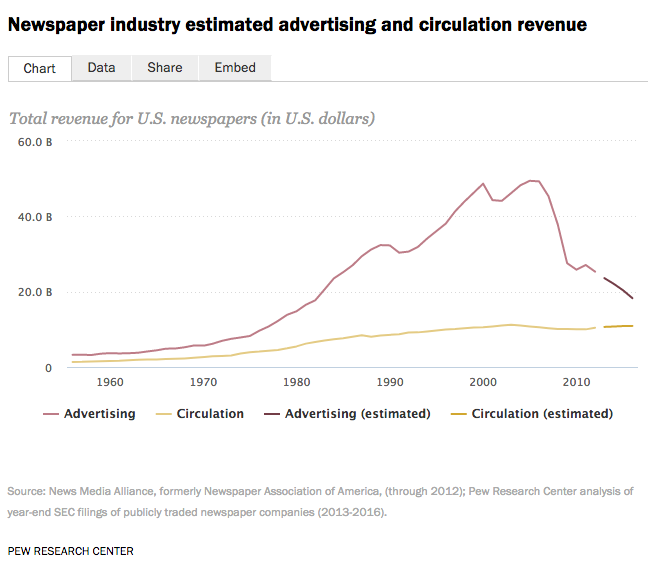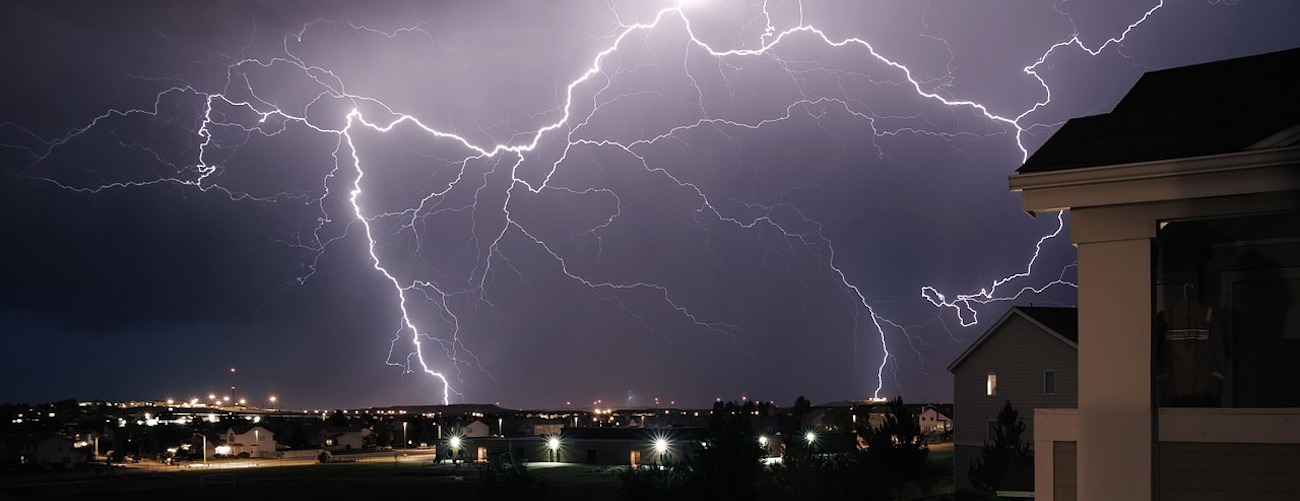Sign up for The Media Today, CJR’s daily newsletter.
The latest tick of the clock counting down to publishers’ Digital Advertising Judgement Day came on Monday, when Apple announced at its annual developer conference that a forthcoming desktop version of its Safari browser will block the annoying autoplay ads that appear on many Web pages or before online videos.
The news doesn’t present a doomsday scenario for ad-supported media on its own, as Safari is used by only a small slice of internet users. But it comes just days after The Wall Street Journal reported that Google, one of two behemoths in the digital advertising game, will give publishers six months’ notice before unveiling a default ad blocker on its hugely popular Chrome browser next year. Facebook, meanwhile, has kept up its steady stream of directives on how publishers can best satisfy its mysterious algorithm.
Such moves signal tech giants’ growing willingness to dictate the terms and conditions of the advertising market they overwhelmingly control. Facebook and Google’s dominance of display and search advertising, respectively, has helped them capture more than 60 percent of domestic digital ad spending, according to eMarketer. Some analysts even estimate that the two companies draw upward of 75 percent of all new digital advertising spending, sparking talk of a duopoly with which publishers will be even harder-pressed to compete going forward.

Pew Research Center’s 2017 State of the News Media
The ironic subtext of the forthcoming ad blockers is that the tyranny of autoplay videos and low-quality display ads is one of the few topics that builds broad-based consensus on the internet. Even publishers understand that many advertisements actively harm user experience, and media companies’ inability or unwillingness to police them or offer viable alternatives in some ways made a browser-side fix inevitable. The same can be said for clickbait headlines, on which Facebook is cracking down. News organizations will now be forced to reap what they sowed.
A Google tool, for example, will alert publishers when their ads don’t meet standards set by the official-sounding Coalition for Better Ads, a third-party industry group comprising companies that include—you guessed it—Google. “We believe these changes will ensure all content creators, big and small, can continue to have a sustainable way to fund their work with online advertising,” Sridhar Ramaswamy, a senior VP at Google, wrote in a blog post announcing the new tool, the “Ad Experience Report.”
Google: "Nice advertising business you've got there — would hate to see anything bad happen to it, if you catch my drift" https://t.co/E0oI4eNteM
— Mathew Ingram (@mathewi) June 1, 2017
The obvious catch is that sustainability lies in the eyes of the beholder. Digitally savvy outfits without legacy expenses, like BuzzFeed, Quartz, and Axios, have built dynamic online advertising businesses. Older-guard publishers with the financial wherewithal to innovate, such as The New York Times, have meanwhile invested heavily in more sophisticated in-house creative shops while diversifying their revenue streams. Such players will likely feel fewer effects of tech giants’ directives, or at least be able to adapt to them.
But other publishers, particularly those who’ve milked legacy revenues over the past decade of disruption, may not be so fortunate. After long relying on ugly or intrusive advertisements, large newspaper companies are only just beginning to build out their digital ad operations. The results to this point don’t look so hot: Gannett’s first-quarter digital ad revenues were up 8.3 percent over last year, thanks largely to acquisitions; McClatchy’s were flat. Time Inc.’s 32 percent growth in that period was also driven by acquisitions. All three companies rely on advertising for most of their revenue.
ICYMI: Another newspaper publisher quietly letting go of staffers
What’s left unsaid in many pollyannish quarterly earnings calls is that gains on the digital side rarely, if ever, make up for the lost print advertising revenue on which so many print news organizations relied. Tronc, which did not break out its online numbers, saw a 15 percent year-over-year drop in total first-quarter advertising revenue. Such budgetary gaps inevitably translate to staff cuts and, in turn, more erosion of value in both newsrooms and business operations.
All of which is to say: Not only only will tech giants’ shaping of the advertising market hold the potential for greater impact on mid-market digital publishers, but these very publishers may have ever greater difficulty in cobbling together the shekels they need to respond.
Your quarter-century-old correspondent would wonder why news organizations didn’t respond faster to this generational economic shift by building out more sophisticated digital ad shops, finding an alternative to intrusive advertising, or shifting toward other revenue models. But I understand the industry’s impulse: Res ipsa loquitur. Let the good times roll. And we’re only now beginning to feel the hangover.
RELATED: Tracking Trump’s assault on press norms
Has America ever needed a media defender more than now? Help us by joining CJR today.



